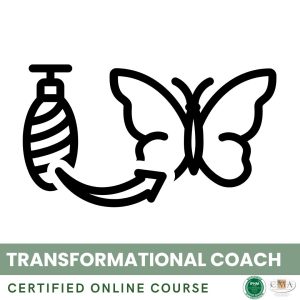Centering and grounding are essential practices for any spiritual healing practitioner. They allow one to connect with their inner essence, stabilize their energy and be fully present for the client.
Centering involves bringing one’s attention inward, towards the place of peace and serenity that exists within each of us. This is a state of consciousness where one detaches from scattered thoughts and external concerns to refocus on the present moment. A simple centering technique is to close your eyes, take a few deep breaths and visualize a sphere of golden light at the heart level, radiating throughout the body.
Grounding, on the other hand, aims to create a solid and stable connection between oneself and the earth. It is about rooting one’s energy to feel supported, secure and capable of welcoming the powerful energies that can manifest during a healing session. To ground oneself, one can imagine roots that start from the soles of the feet and go deep into the earth, right to the center of the planet.
Breathing plays a key role in these two practices. By focusing on one’s breath, the mind is calmed and one reconnects with their body. Abdominal breathing, slow and deep, is particularly effective in inducing a state of relaxation and presence. You can guide your client in this exercise by asking them to place one hand on the abdomen and the other on the heart, and to feel the movement of the air entering and exiting their lungs.
Another powerful technique is visualization. By creating positive and soothing mental images, one directly influences their inner state. For example, you can suggest to your client to imagine themselves in a peaceful and safe natural spot, such as a quiet forest, a sunny beach, or a flower-filled garden. Integrating senses into the visualization (colors, sounds, smells, textures) makes it even more immersive and effective.
As a practitioner, it is essential to develop your own regular centering and grounding practice. Before each session, take the time to root yourself, align yourself with your healing intention, and open yourself to beneficial energies. The more stable and centered you are within yourself, the more capable you will be to offer a safe and transformative healing space for your clients.
Don’t hesitate to explore different techniques until you find the ones that suit you best. Some prefer seated meditation, others yoga or qi gong. The key is to listen to your body and your feelings, and cultivate this connection with your center day after day. With practice, you will find that your presence naturally deepens and that you become increasingly adept at supporting your clients with accuracy and compassion.
Key takeaways:
– Centering allows you to reconnect with your deep essence by bringing your attention inward and detaching from scattered thoughts. A simple technique involves deep breathing while visualizing a golden sphere of light at the heart level.
– Grounding aims to create a stable connection with the earth by rooting one’s energy. You can imagine roots stemming from your feet and going down to the center of the planet.
– Breathing, especially abdominal breathing, plays a key role in inducing a state of relaxation and presence. You can guide your client by asking them to place one hand on the abdomen and the other on the heart.
– Visualization of positive mental images and sensory integration can influence one’s inner state. You can suggest that the client imagine themselves in a calming natural place.
– The practitioner must develop their own regular centering and grounding practice before each session to be stable, aligned with their intention, and open to healing energies.
– It’s important to explore different techniques (meditation, yoga, qi gong…) and to listen to one’s feelings in order to deepen their presence and support clients with accuracy and compassion.
👉 To download docx (Editable) file click here : Click here
👉 To download PDF file click here : Click here
👉 To download MP3 file click here : Click here






